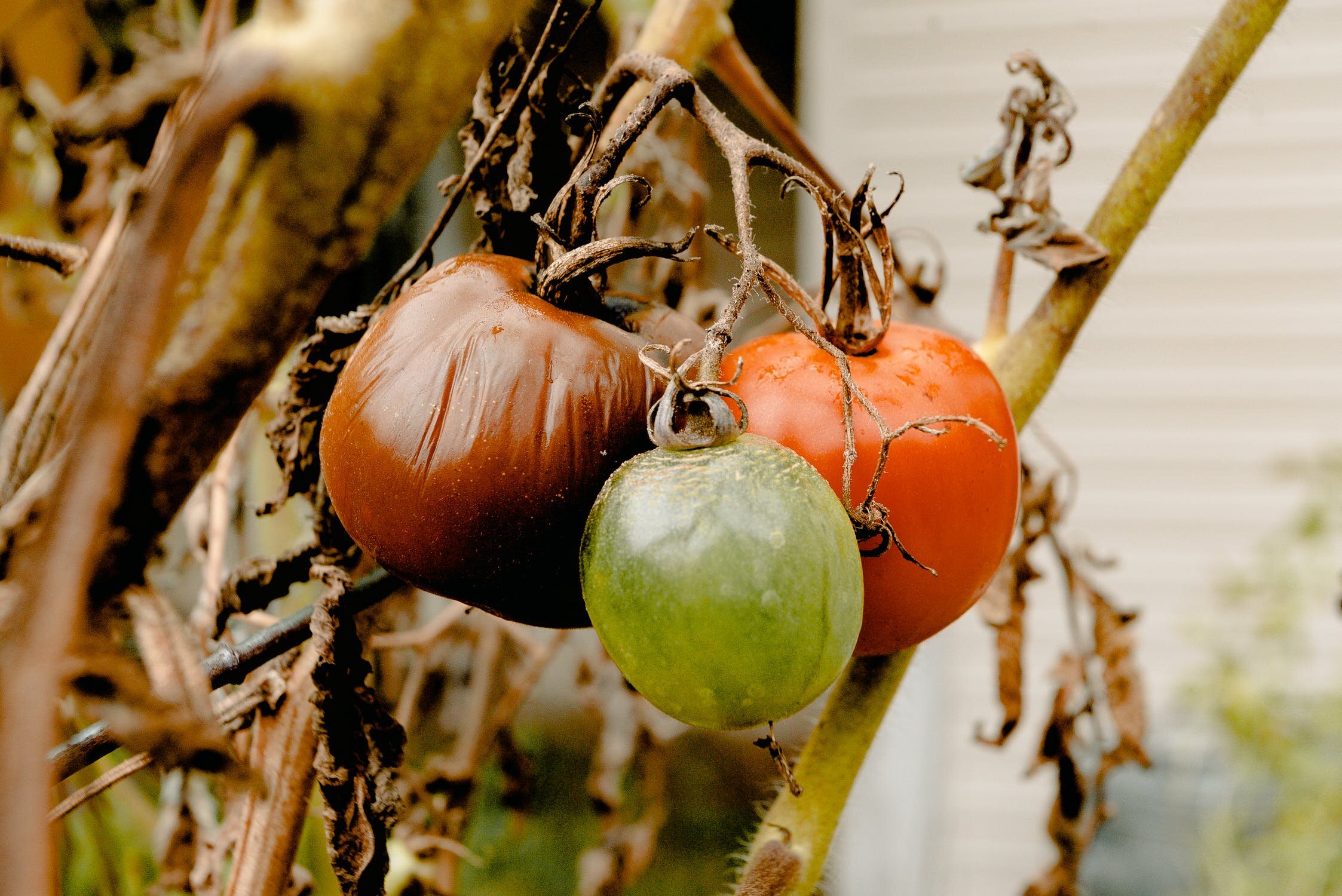In Sullivan County, where I am waiting out the COVID-19 pandemic, dairy farmers are flooding their fields with unsalable milk. In Florida, farmers are leaving tomatoes on the vine and zucchini and yellow squash lying on the ground, because the prices don’t cover the cost of picking, packing and delivery. Meanwhile, non-profits around the country are struggling to find the food to feed the newly unemployed people turning to them for help. Both the lengthening lines and short supplies at food banks and the distress of farmers engaged in “agricultural dumping” are front page news. Once again, America is seeing mounting hunger in a society awash with surplus food.
Is the crop destruction witnessed in the past week a temporary disruption? Are supply chains adjusting to the massive shift in consumption from restaurants and institutional settings to homes caused by the COVID-19 pandemic? Or can we expect to continue to see crops plowed under or left to rot?
The Florida vegetable growers were taken by surprise. Events moved rapidly. The harvest season, however, follows a known and predictable pattern up the East Coast. Georgia and South Carolina will be next, followed by North Carolina and Virginia, then Maryland and Delaware. You get the picture. Can we subsidize the harvest and donation of these surplus crops so that food banks can resume handling large quantities of fresh produce, as many did before the pandemic forced them to focus on shelf-stable items? Can we make arrangements now to divert the excess to storage via canning and freezing?
Food snobs turn up their noses at canned vegetables, but actually, technological advances in canning have greatly reduced the need to rely on sodium and other chemical preservatives. Canned foods can now be both healthier and tastier than they once were. And freezing at the point of harvest preserves nutrients, so that flash frozen veggies may have more nutrients intact than those that have sat for a day at the greenmarket. If the Mennonites can employ mobile canneries for meat and small scale beer makers can use them for craft brews, can we not develop systems to capture the harvest and preserve it?
The pandemic is a current tragedy, but I suspect that it is also a wake-up call, a kind of dress rehearsal for the disruptions to the food supply chain that we can reasonably anticipate as climate change escalates. It is time to think about what sorts of preservation and storage systems we need—at the neighborhood, local, regional, national, and global levels—to help us weather the storms to come.
And once we have preserved the food, of course, we must figure out how to get it to the people who need it. The food banks and many school food systems are performing heroically, but how long can they be expected to work to exhaustion and at personal risk? In a market-based system in which most food is distributed to people with the money to buy it, we can expect continued disruptions as long as large numbers of people are separated from their incomes. An increase in the SNAP benefit will help and should be enacted immediately, but as we anticipate recurring disruptions of both the economy and the climate, we need a set of food system and income distribution reforms that really address inequity and inequality. A universal basic income is looking more attractive than ever.
By Janet Poppendieck, Senior Faculty Fellow, CUNY Urban Food Policy Institute And Professor Emerita, Hunter College, CUNY
Jan Poppendieck is the author of Breadlines Knee-Deep in Wheat Food Assistance in the Great Depression (University of California Press, 2014) an account of the contradictions between agriculture surplus and widespread hunger during the Great Depression.
